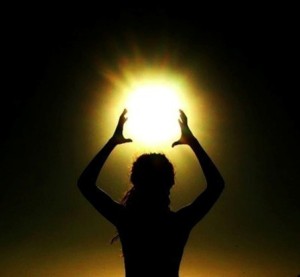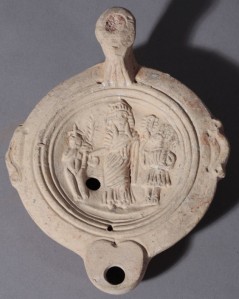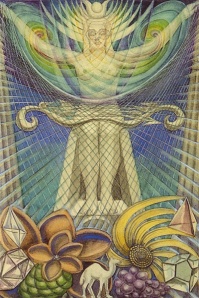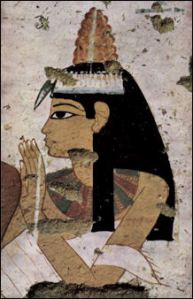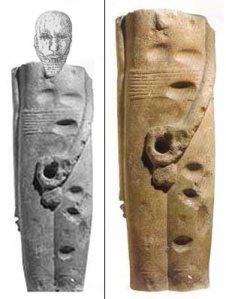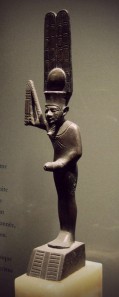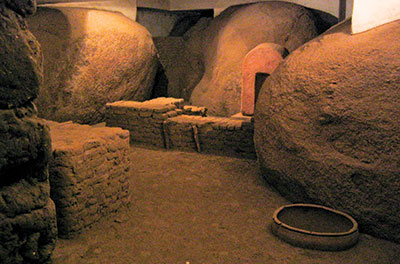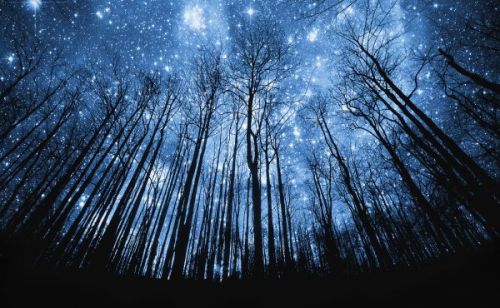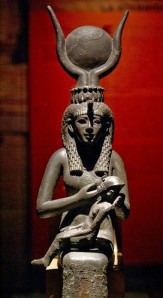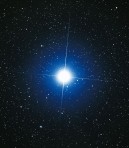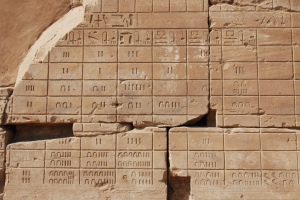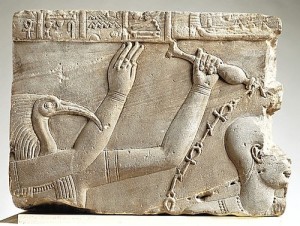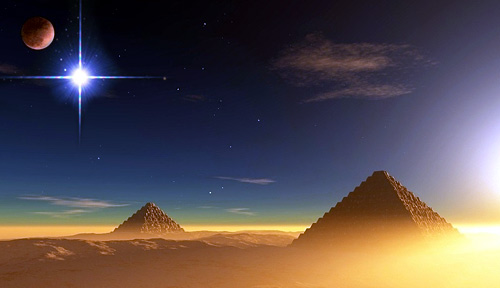Weird.
That’s what I thought, too, the first time I saw that description. Why does Isis have a lapis lazuli head? And what does that mean anyway? We will definitely look into that in today’s post, inspired by a friend of this blog who asked about stones associated with Isis…
You may already know about Isis’ connection with carnelian, the red-orange stone from which Her famous Knot amulet was often made.
But another stone associated with Her is the beautiful gold-spangled blue stone called lapis lazuli. The name comes from the Latin for “stone” (lapis) and the Medieval English possessive case version (lazuli) of the Medieval Latin version (lazulum) of the Arabic version of the original Persian name of the stone, “lāžward.” It is also the ultimate origin of our word azure, meaning blue. More than you wanted to know, right? But words are interesting.
And the fact that the stone originally has a Persian name does indeed tell us something about it. Most of the lapis lazuli in the world has always come from what is today Afghanistan, once part of the Persian Empire. There are also deposits in Russia, Chile, Mongolia, Italy, and even the US, but most of it is from Afghanistan. So even back in the day, the ancient Egyptians had to import the pyrite-flecked dark-blue stone they so loved.
In fact, of all the semi-precious stones, lapis lazuli was the most highly prized by the ancient Egyptians. Egyptian artists used lapis lazuli in jewelry and amulets, as inlay in sacred statuary, and even ground it fine and mixed it into paint and cosmetics as a coloring agent. Long afterwards—until the 19th century, in fact—lapis lazuli provided the deep-blue pigment in ultramarine paint throughout much of the world.
Apart from its sheer beauty, lapis lazuli was valuable to the ancient Egyptians as an image of the heavens. Its dark-blue coloration was the indigo of the night sky while the white-gold flecks of pyrite represented the imperishable stars. A stone of heaven, lapis lazuli was sacred to the all-encompassing Egyptian Sky Goddess—whether She is Nuet or Her starry daughter, Isis-Sothis. (Hathor is also a Sky Goddess and certainly may be honored with lapis lazuli—in fact, images of Her were also made of lapis lazuli—though She is more closely associated with green turquoise and malachite.)
To the Egyptians, lapis lazuli represented all good things. In later periods, the Egyptian word for lapis lazuli, khesbedj, became a synonym for “joy” and “delight.” In the Book of Coming Forth by Day, lapis lazuli is connected with abundance as in this passage: “O you who sweeten the state of the Two Lands, you with whom are provisions, you with whom is lapis lazuli.” Another text repeats the association then connects the deceased, “the bull of lapis lazuli,” with the Star Goddess, Sothis. “I am the bull of lapis lazuli, unique and exalted, Lord of the Field, Bull of the Gods. Sothis speaks to me in her good time.” Because of its positive associations, lapis lazuli was used in many different types of amulets, but was especially employed for the heart amulet. Egyptian judges were known to wear lapis lazuli stones about their necks inscribed with the word “truth,” that is, ma’et.
This heavenly blue stone may be associated with Isis as Goddess of Heaven. Several Egyptian terms for “heaven” actually incorporate Her name, Throne (Iset ). Heaven was called Iset Weret, the Great Throne, and Iset Hert, the High Throne or High Place. With their love of punning and double meanings, surely the Egyptians would not have missed the opportunity to interpret these terms not only as “Heaven,” but also as “Great Isis” and “High or Heavenly Isis.”
Isis is not only the Throne and Place of Being on Earth (see my post on that here), but the Throne of Heaven, too—as indeed She was considered. The Egyptians frequently reinforced the association of the Throne with the heavens by painting Isis’ throne hieroglyph in lapis-lazuli blue.
The heavens aren’t the only important association with lapis blue; the life-giving waters were also represented as being blue. Like Isis’ throne symbol, the hieroglyphs for water and the ankh of life were frequently colored blue—as was the skin of many of the life-giving Deities associated with the Nile. The association of lapis-lazuli blue with the waters, and thus with fertility, life, rebirth, and regeneration, once again brings it into the sphere of Isis, Lady of the Inundation and Goddess of Rebirth. These same qualities were, in turn, connected with the color black so that the colors blue and black became interchangeable. This is why, in art, the hair of the Deities—which if represented naturalistically would be Egyptian black—can also be colored blue. The Gods and Goddesses were said to have gold skin, silver bones, and lapis-lazuli hair. (You, no doubt, see where we’re going with this now.)
And you are correct. In the early Ptolemaic period, there was a temple and cult of Iset Khesbedjet Tep, Isis with the Lapis-Lazuli Head. The epithet surely refers to the specific sacred image in which the hair of the Goddess was inlaid with precious lapis lazuli.

Today, we still associate lapis lazuli with some of the same qualities that the ancient Egyptians did. We, too, associate the heaven-blue stone with the heavenly qualities of spirituality and psychism. Just as the Egyptians associated it with joy, today’s metaphysicians say that lapis lazuli helps relieve melancholy. And just as the ancient Egyptians connected lapis lazuli with fertility, regeneration, and abundance, so we understand it to give an abundant boost to creativity.
Isis is the Great Throne of Heaven, the Lady of the Life-Giving Waters, and the Goddess of the Lapis-Lazuli Head. Sacred unto Her is the beautiful stone of the heavens and the waters, lapis lazuli.












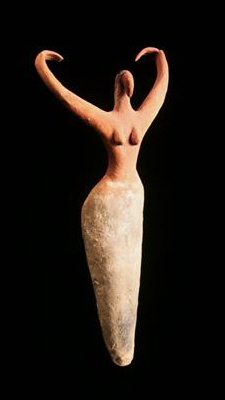

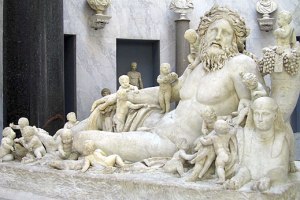






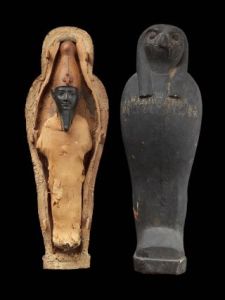

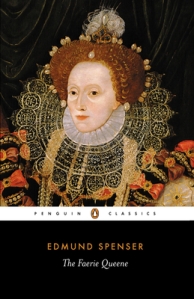
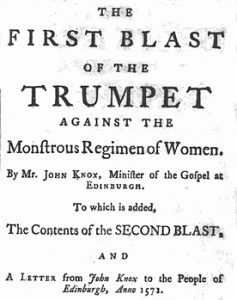










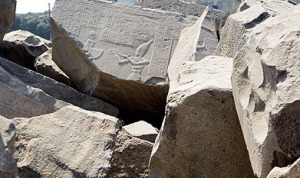
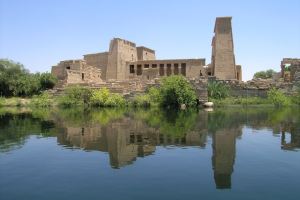



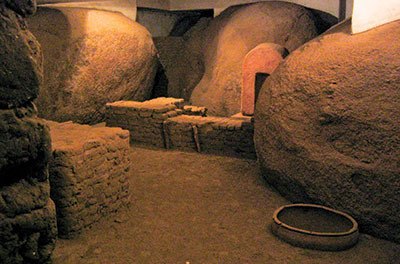



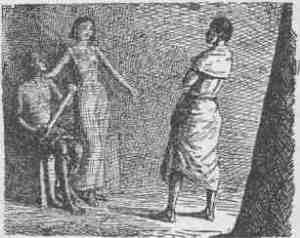


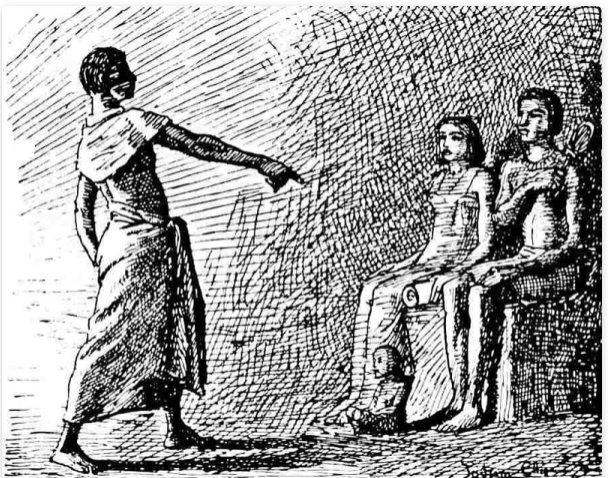


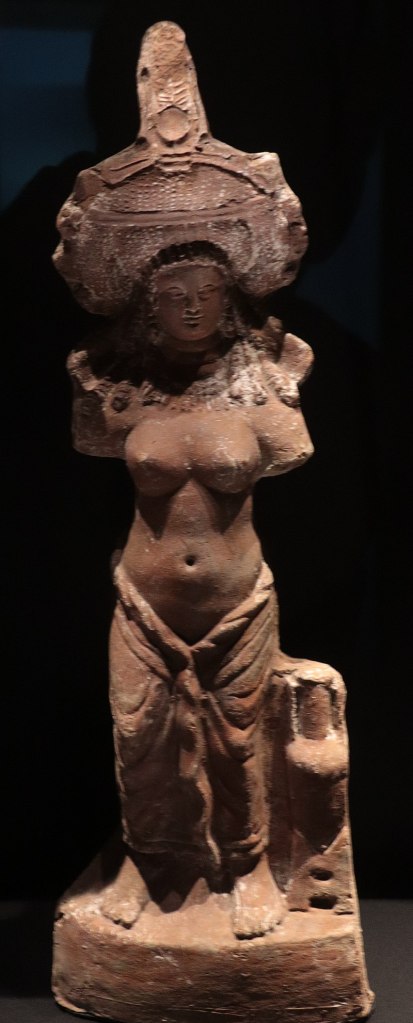









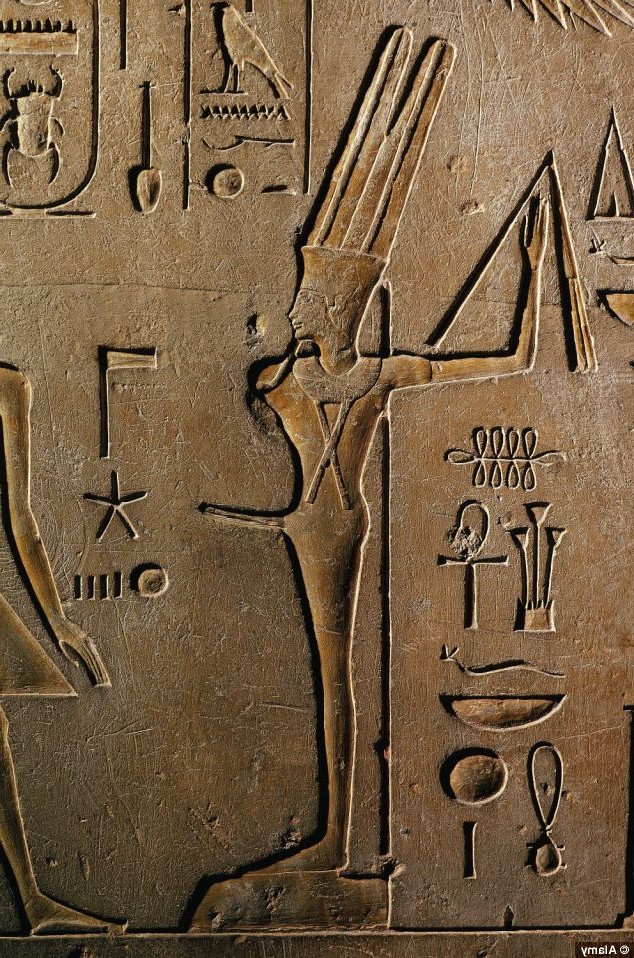

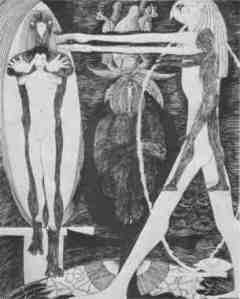


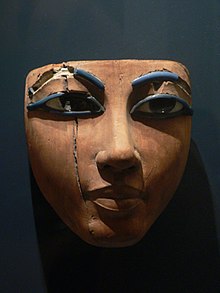


























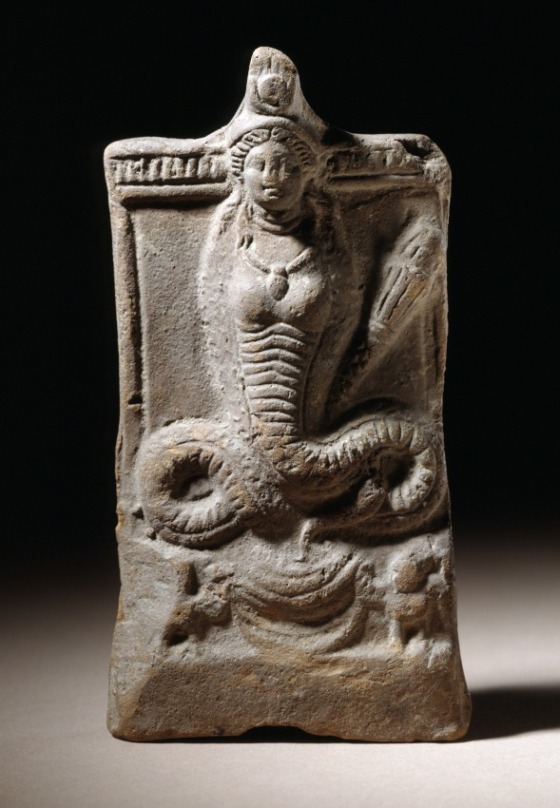
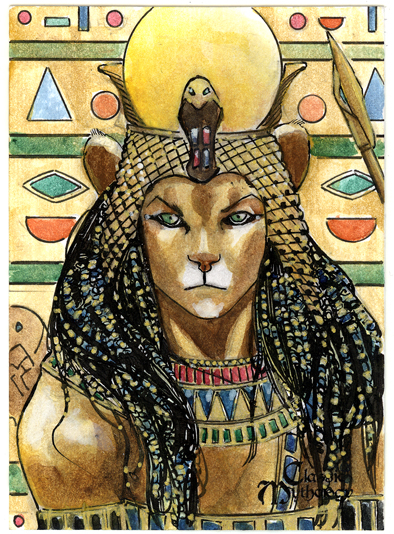
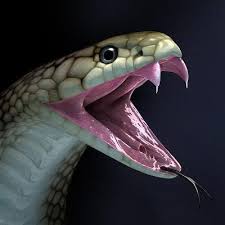



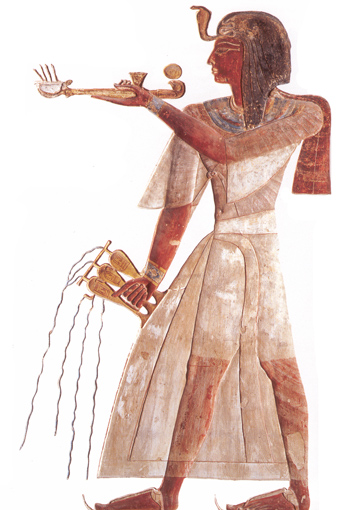




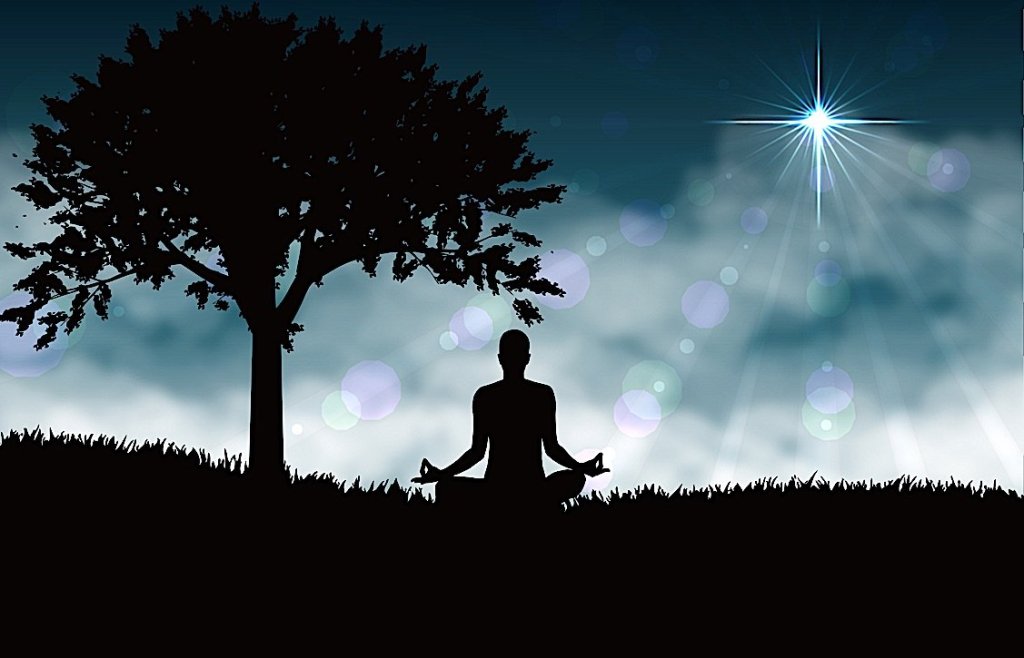


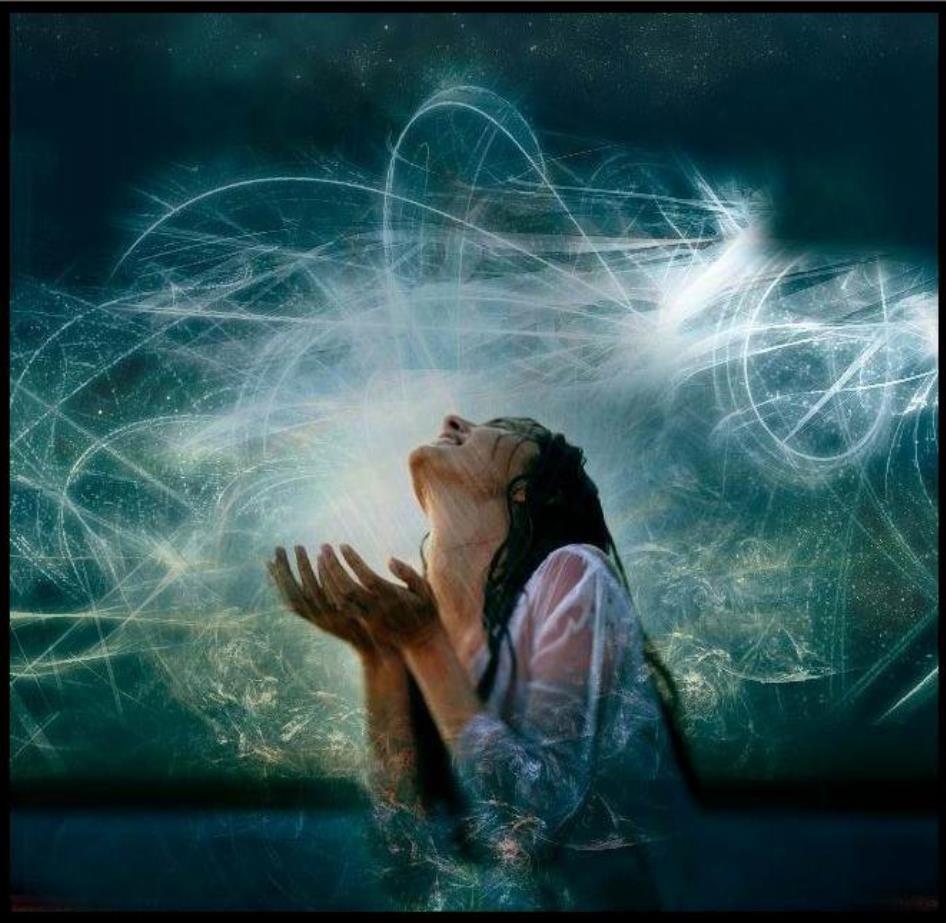
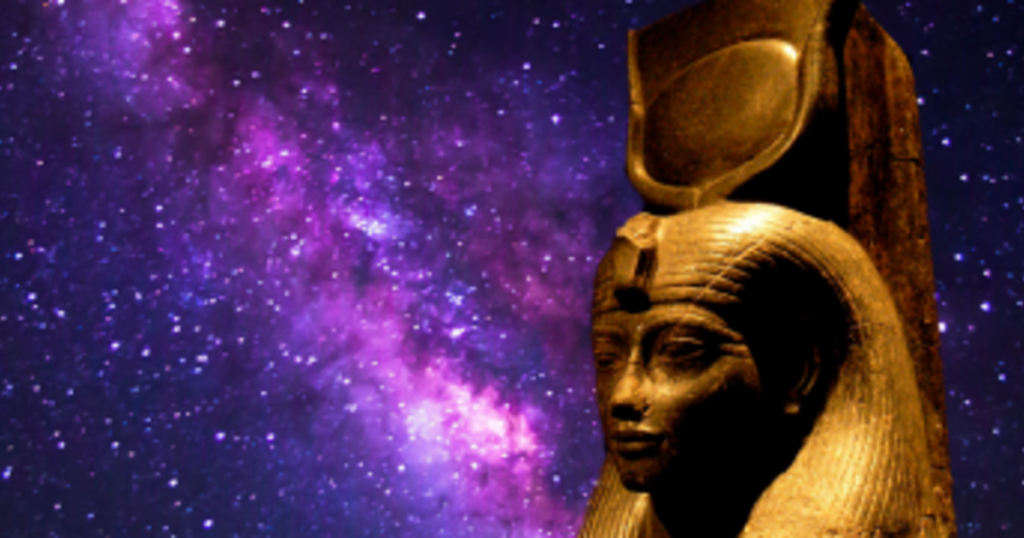

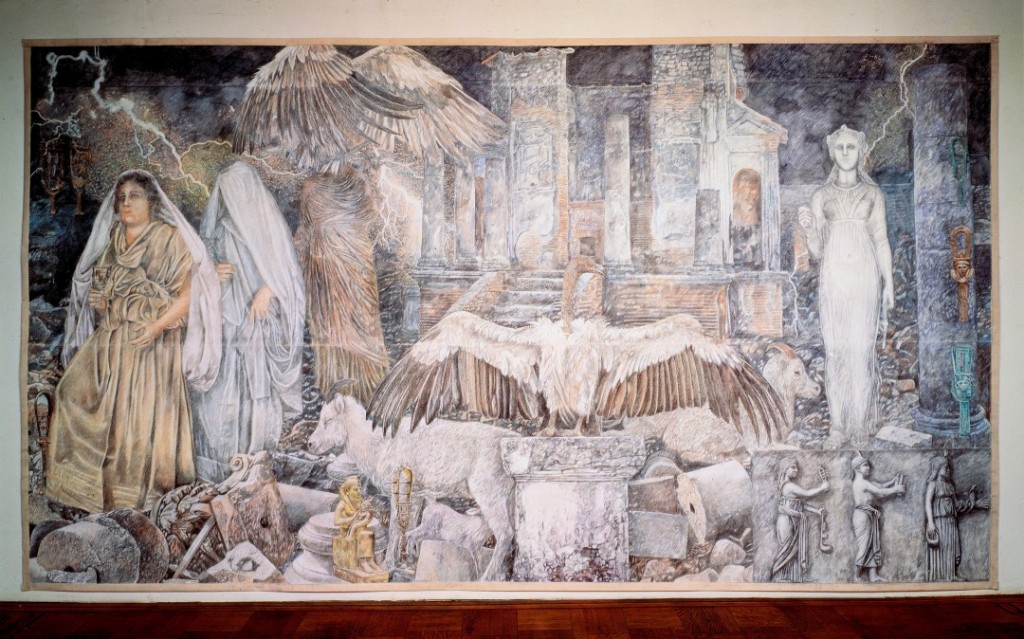



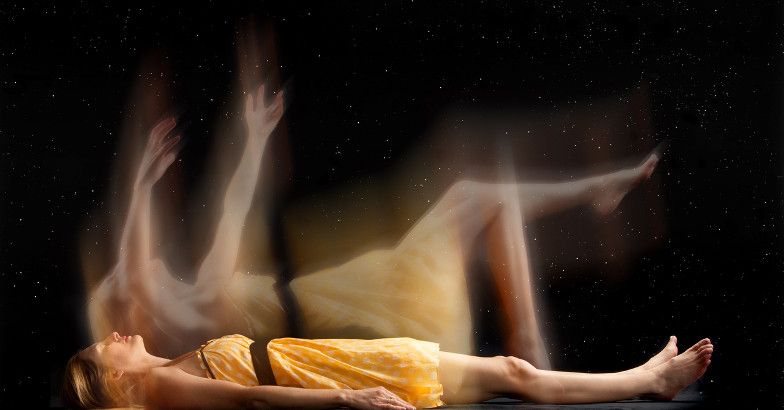



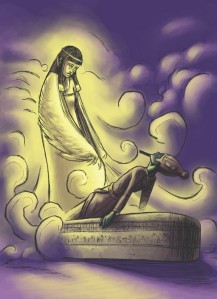





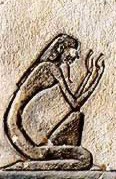
















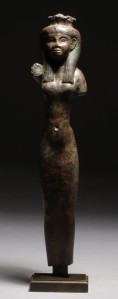

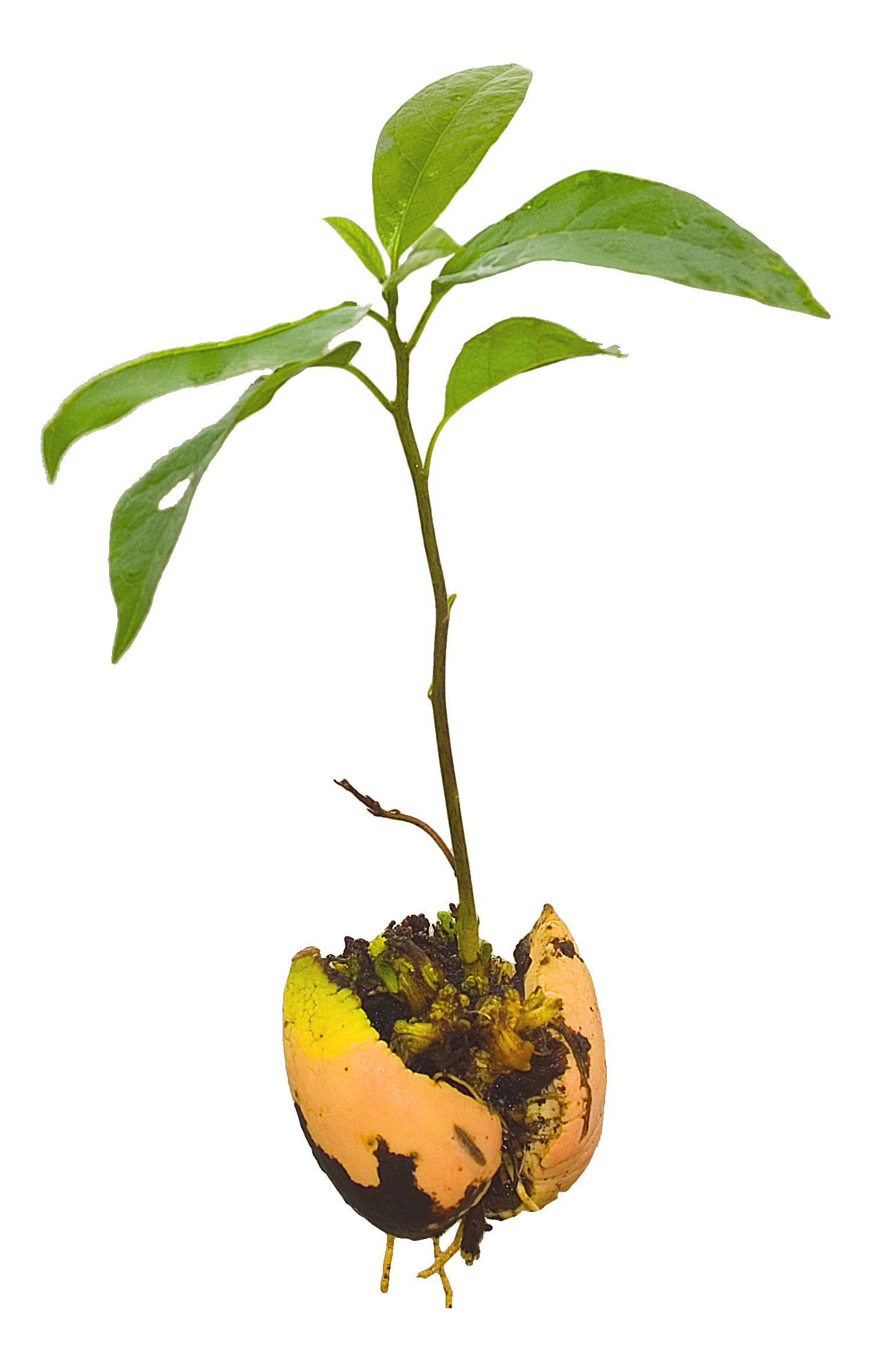 As the days grow longer, a certain soft joy fills me.
As the days grow longer, a certain soft joy fills me.